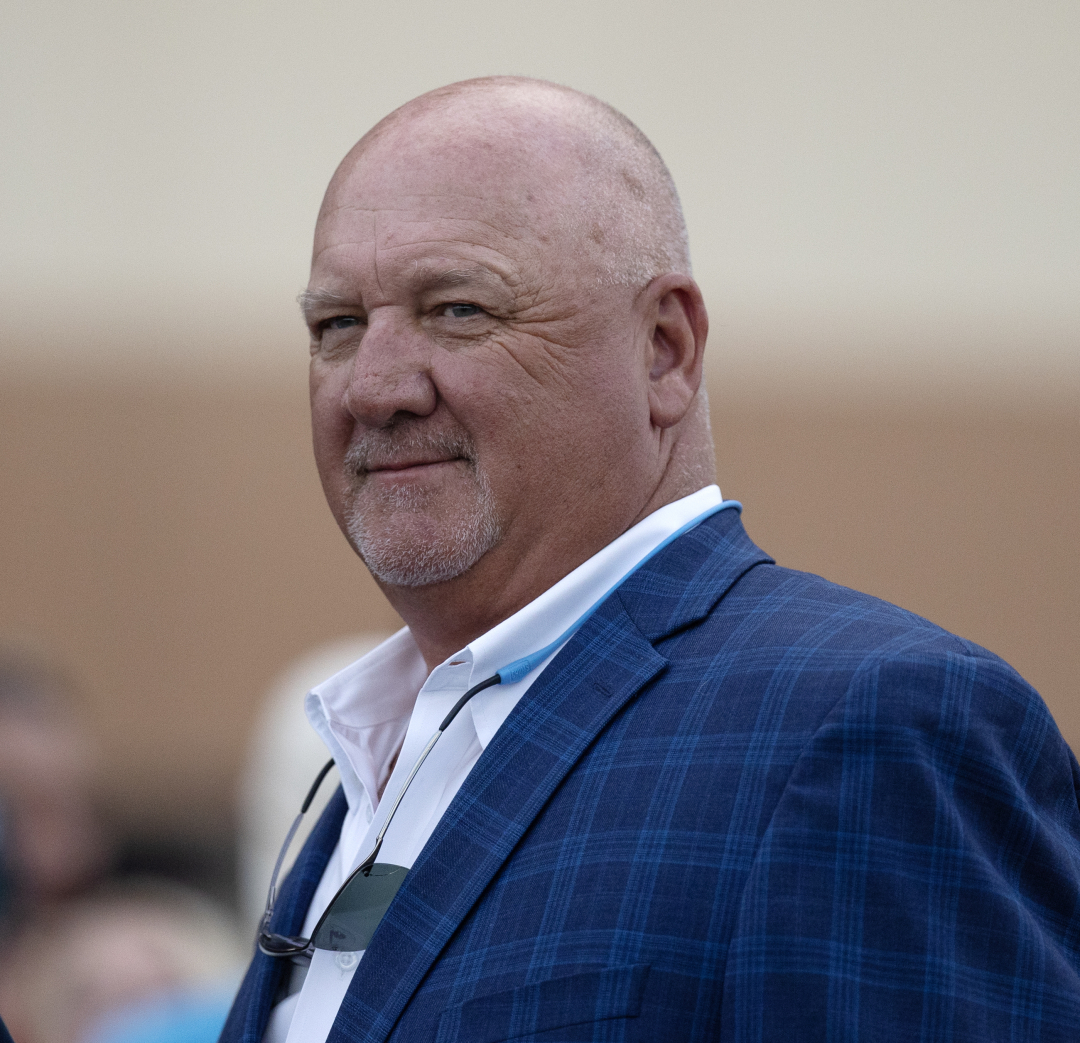SARATOGA SPRINGS, N.Y. – Spring is the normal season for hot takes on the Triple Crown schedule. In Saratoga on Tuesday, summer seemed just fine too.
In a move that felt somewhat off brand, the Racing and Gaming Conference, which usually focuses on hard-core legal and business issues, put together a panel to discuss whether the Triple Crown schedule needs to be changed, giving trainer Kenny McPeek, former horsemen’s official Joe Appelbaum, and writers Bill Finley and Steve Crist a shot at the debate.
Not surprisingly, there was no consensus. Crist and Appelbaum argued that not only is the Triple Crown not broken, it’s actually thriving, at least when considering a comparison to the downward trends of other metrics in the sport. McPeek, who has won each of the three Triple Crown races at least once, and Finley, a writer for Thoroughbred Daily News, both said that adding space between the races would make them more competitive and attractive.
Whereas most supporters of Triple Crown changes have pinned their arguments to the growing number of Derby winners who skip the Preakness, McPeek said that the three races should be run on the first Saturdays in May, June, and July to give the series an easy-to-remember schedule while also landing the Belmont near the 4th of July every year. Not only would that benefit the Triple Crown fields, McPeek argued, it would also lead horsemen who ran on the Derby undercard to target the undercard races on the Preakness and Belmont cards for those same horses.
“Wouldn’t it be nice if the horsemen had a few more weeks and you could align them all again four or five weeks later, however the calendar breaks that year, and then align them again?” McPeek said.
McPeek rested his argument somewhat on the fact that very few sports schedule big events over 4th of July weekend, giving racing an opportunity to own that Saturday. But Appelbaum pushed back on that idea, suggesting that the lack of marquee events is not an accident.
“People are barbecuing, they are at the beach,” Appelbaum said. “Someone else can take that risk.”
In fact, Appelbaum said, the Triple Crown is relatively healthy when you look at its viewership and handle numbers. By changing it, racing is putting the popularity of its most consistently performing event in jeopardy.
“The Triple Crown is far and away the most popular event in horse racing,” Appelbaum said. “It’s the only event we have that draws eyeballs outside of our traditional fan base.”
Crist, the former publisher of Daily Racing Form and a member of the media wing of the Hall of Fame, reeled off a litany of reasons why the schedule of the Triple Crown shouldn’t be a pressing matter for the racing industry, considering persistently declining foal crops and field sizes, the dominant role computerized wagering programs are playing in the sport’s betting pools, and the growing share of stakes races as a percentage of the country’s racing contests.
“I will say that there needs to be a serious adjustment of the entire American stakes schedule – except for the Triple Crown,” Crist said. “It’s the one thing that works in racing.”
Finley, the Thoroughbred Daily News reporter, explained the evolution of his thoughts on changing the Triple Crown. In 2010, he wrote an article saying that changing the schedule would reduce the Triple Crown to a “sham,” but in 2025, he was arguing the opposite.
Finley said that the defection of Derby winner Sovereignty from the Triple Crown trail was the final straw for him. If the trend of Derby winners skipping the Preakness accelerates, Finley argued, “it’s not going to be the highlight of our sport much longer.” Part of that argument rests, Finley said, on the amount of respect that Sovereignty’s trainer, Bill Mott, commands on U.S. backstretches.
“Bill Mott is so well-respected in this business that people are going to say, ‘Well, Mott did it, so that’s the right way to do it,’” Finley said.
The panel included an all-in discussion of whether horses are less durable than previous generations. All of the panelists, including McPeek, said that they did not believe that the modern iteration of the Thoroughbred is more fragile than the horse of the 1920s, when Thoroughbreds routinely ran four or five times a month, if not more.
What has changed, McPeek said, is the reaction of the public to breakdowns, which wasn’t a major issue for racing until 50 years ago.
“Horse trainers are very tentative now,” McPeek said, referencing the reaction to Barbaro’s breakdown in the 2006 Preakness. “We don’t want to make a mistake. You don’t want anything to go wrong. It’s devastating when it goes wrong. If you run back in two weeks and a horse breaks down, oof. It’s hard to even think about. But I’ll tell you what, if that does happen, there’s going to be a big push to change it.”
:: Want to learn more about handicapping and wagering? Check out DRF's Handicapping 101 and Wagering 101 pages.

